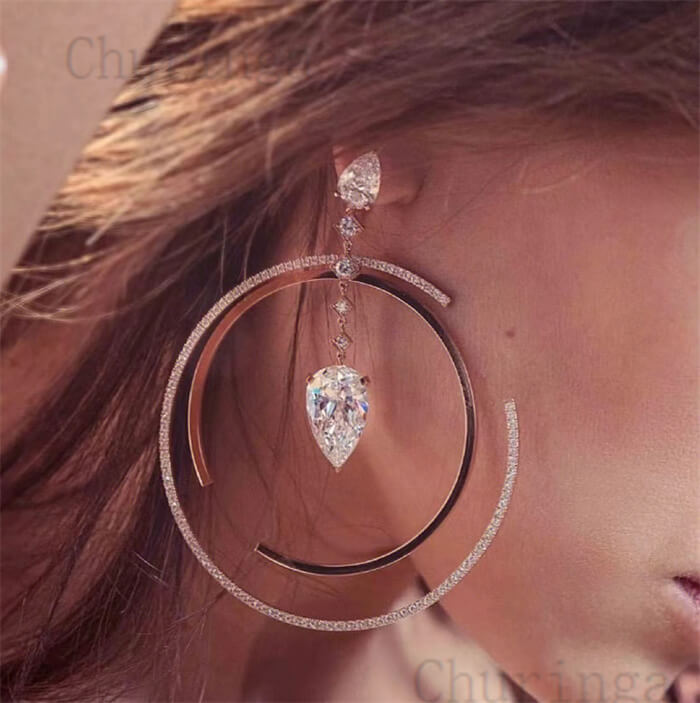Why should 72 Rue Charls Michels, Paris be an address of interest in the world of steel and concrete? Well, thanks to French industrialist, Francois Coignet, a four-story building in that street was the first to use the concept of iron reinforced concrete and that was back in 1853. We kid you not!
Who Got Steel and Concrete Together?
While Coignet was simply concerned with preventing the walls poured in monolithic construction from overturning, Englishman William B Wilkinson began using reinforcing in concrete roof and floors the following year. It was Wilkinson who understood the principle of tensile stress.
French gardener, Joseph Monier, recognized as one of the principal inventors of reinforced concrete who walked away with the patent for reinforcing flowerpots with wire mesh. Monier was granted another patent in 1877 for reinforcing concrete columns and girders with iron rods placed in a grid pattern. By 1879, German civil engineer, G. A. Wayass bought Monier’s patents and began his own reinforced concrete company, Wayass & Freitag.
One of the first skyscrapers built with reinforced concrete, refined and further developed by the likes of another English-born engineer, Ernst L Ransome, was the 16-story Ingalls Building in Cincinnati in 1904.
The destruction of buildings in the 1906 San Francisco magnitude 7.8 earthquake, changed the rules forever. The absolute necessity of steel reinforced concrete had been taken to the next level and became mandatory.
Concrete and Steel, A Match Of Incredible Chemistry
The rough and rugged strength of steel (often especially roughened to improve cohesion) has proven the perfect partner for its slower hardening cement partner. Between the two unlikely components, stress transmits seamlessly between them with the efficiency of champion ice skating pairs.
The chemistry between steel and concrete would fill a school blackboard with equations. Suffice to say, for the purposes of this story, that the properties in the cement paste morph through progressive stages to reach the sweet spot where the steel lying against it is no longer passivated (subject to corrosion).
However unlikely it may seem, the fact remains that steel and concrete – opposite as they may be, share a similar thermal expansion coefficient. Synergistically, their union has not only been a success but has stood the test of time, including weathering seismic, ground shaking events. It seems hearty congratulations are in order.

